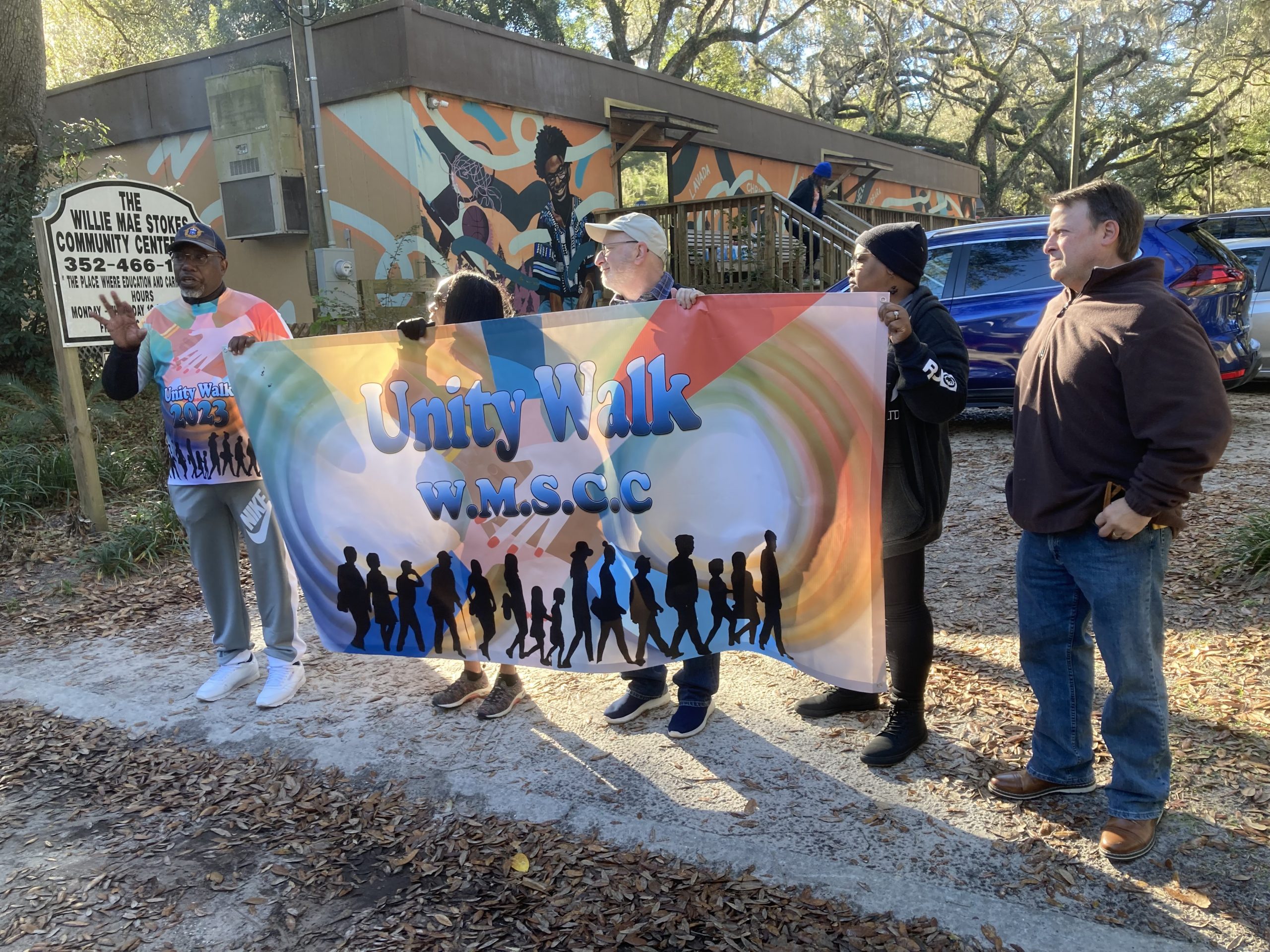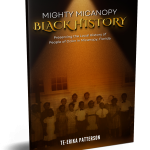The Battle for Civil Rights in Micanopy, Florida

During the 18th and 19th centuries, Micanopy, Florida became a center for agriculture and the plantation system when Black people were brought to the area as slaves to work on cotton and tobacco plantations. The 1860 census showed that there were 2,750 slaves in Alachua County, where Micanopy is located, which made up nearly 50% of the county’s population.
After the Civil War and the abolition of slavery, many Black people remained in Micanopy and surrounding areas, working as sharecroppers or in other agricultural jobs. Despite the end of slavery, life for Black people in Micanopy and the South as a whole remained challenging due to widespread discrimination and Jim Crow laws.
During the Civil Rights Movement of the 1950s and 60s, Micanopy was the site of several protests and demonstrations for equal rights, and local activists played a significant role in the struggle for civil rights. Like many Southern towns, Micanopy was deeply segregated during the Jim Crow era, with Black residents facing discrimination and violence.
One of the most significant events in the civil rights movement in Micanopy was the desegregation of the local school system. In 1964, a group of Black parents filed a lawsuit against the school board, arguing that their children were being denied equal educational opportunities due to segregation. The case, Pearson v. Board of Public Instruction of Alachua County, was eventually heard by the U.S. Supreme Court, which ruled in favor of the plaintiffs.
The desegregation of the school system was not without controversy, however. Many white residents of Micanopy were resistant to integration, and there were instances of violence and harassment against Black students and their families. Despite these challenges, the integration of Micanopy’s schools was a significant victory for civil rights in the area.
In addition to the fight for desegregation, Black residents of Micanopy also organized to challenge other forms of discrimination and inequality. In the 1960s, a group of local activists formed the Micanopy Coordinating Committee, which worked to improve living conditions for Black residents and advocate for their rights.
Today, Micanopy remains a small town with a rich history of civil rights activism. The struggles and achievements of local activists serve as a reminder of the ongoing struggle for equality and justice in the United States.
 Previous Post
Previous Post Next Post
Next Post
